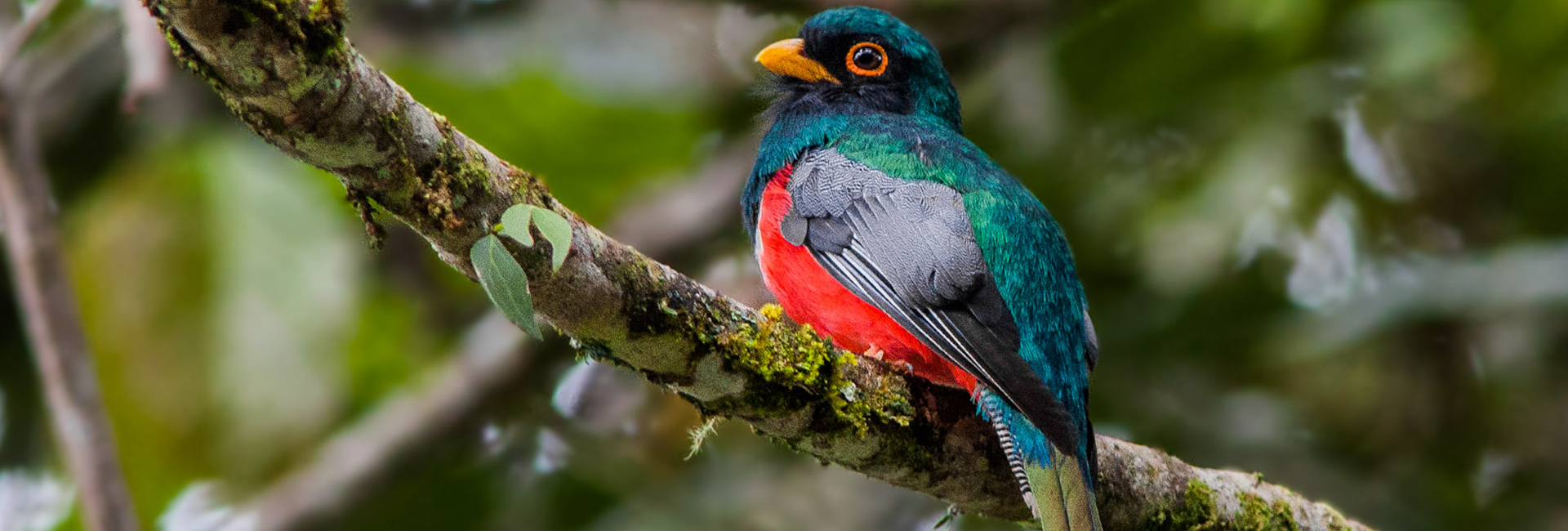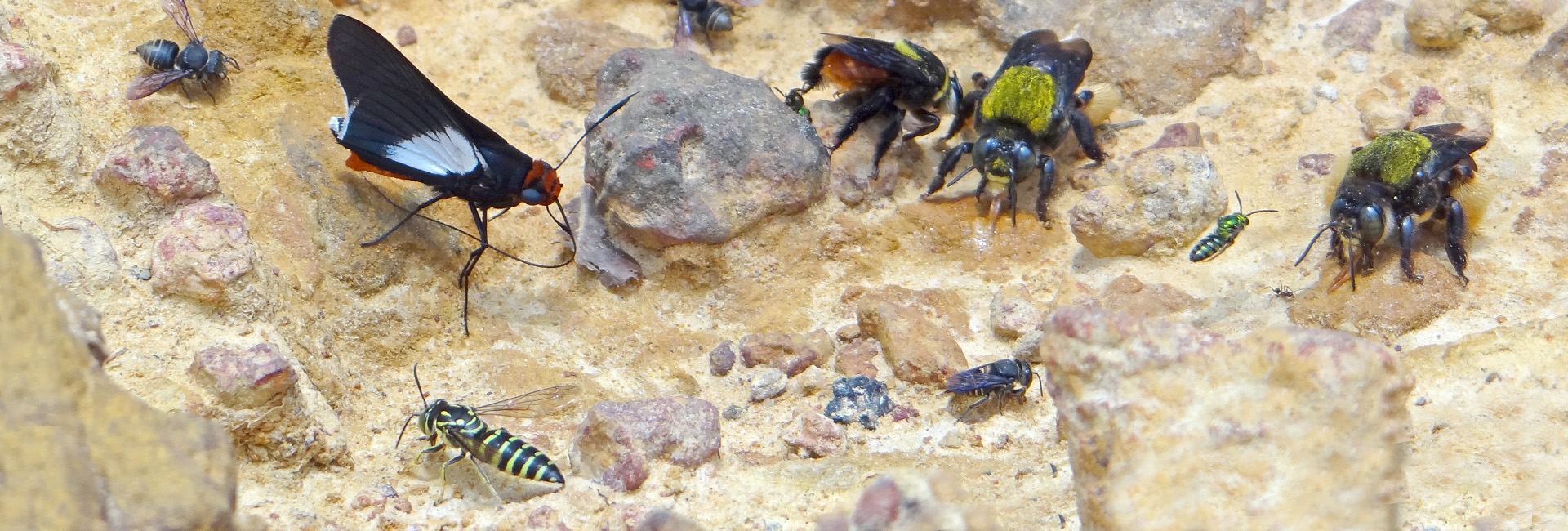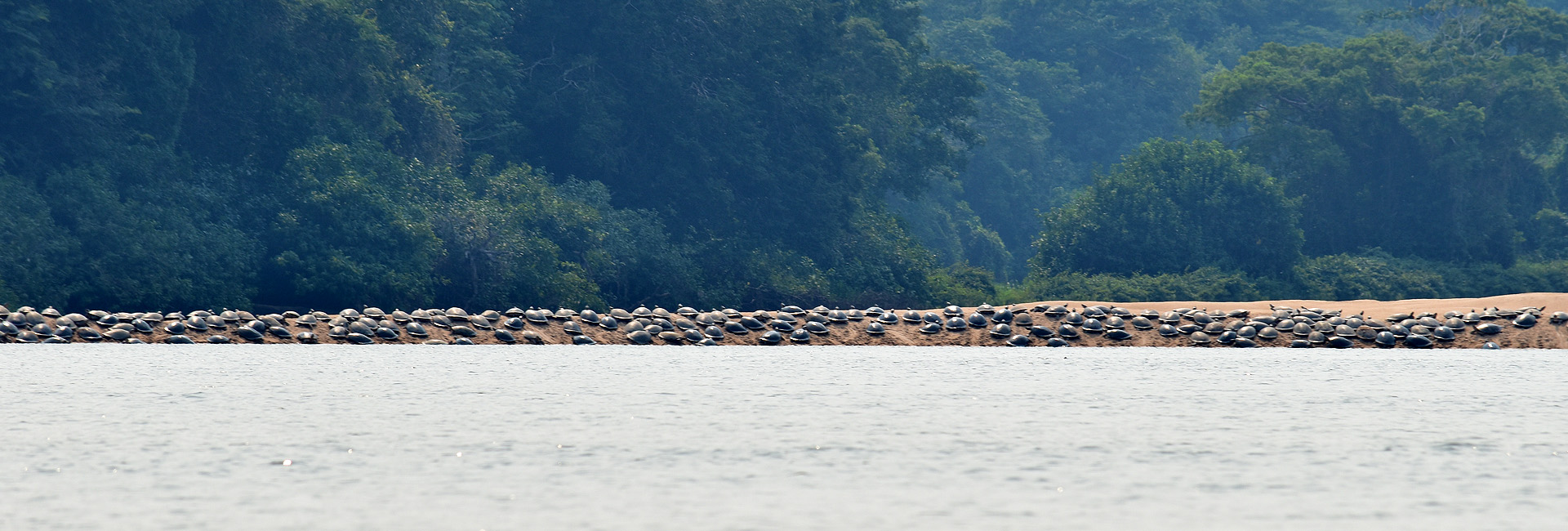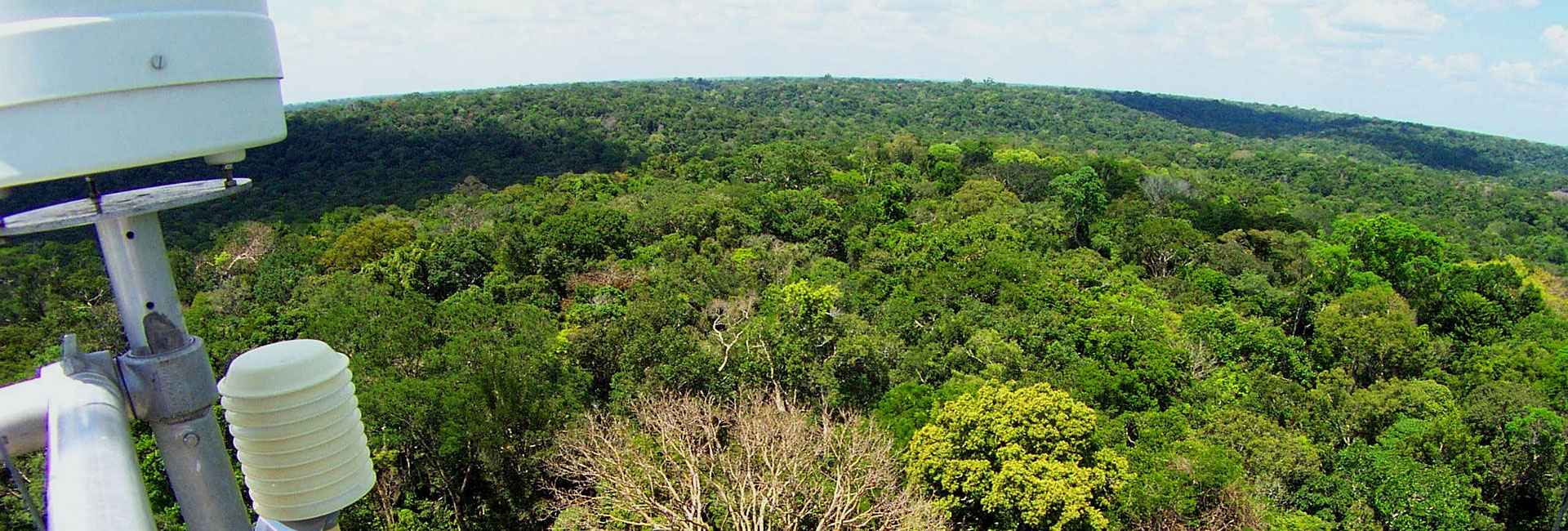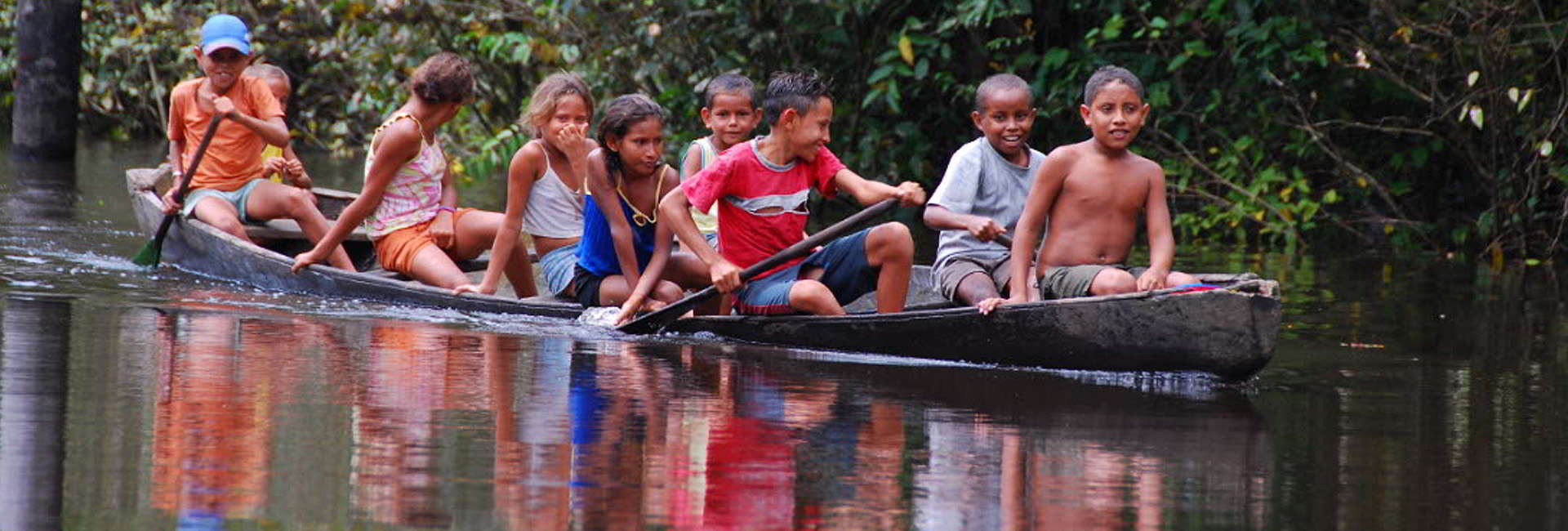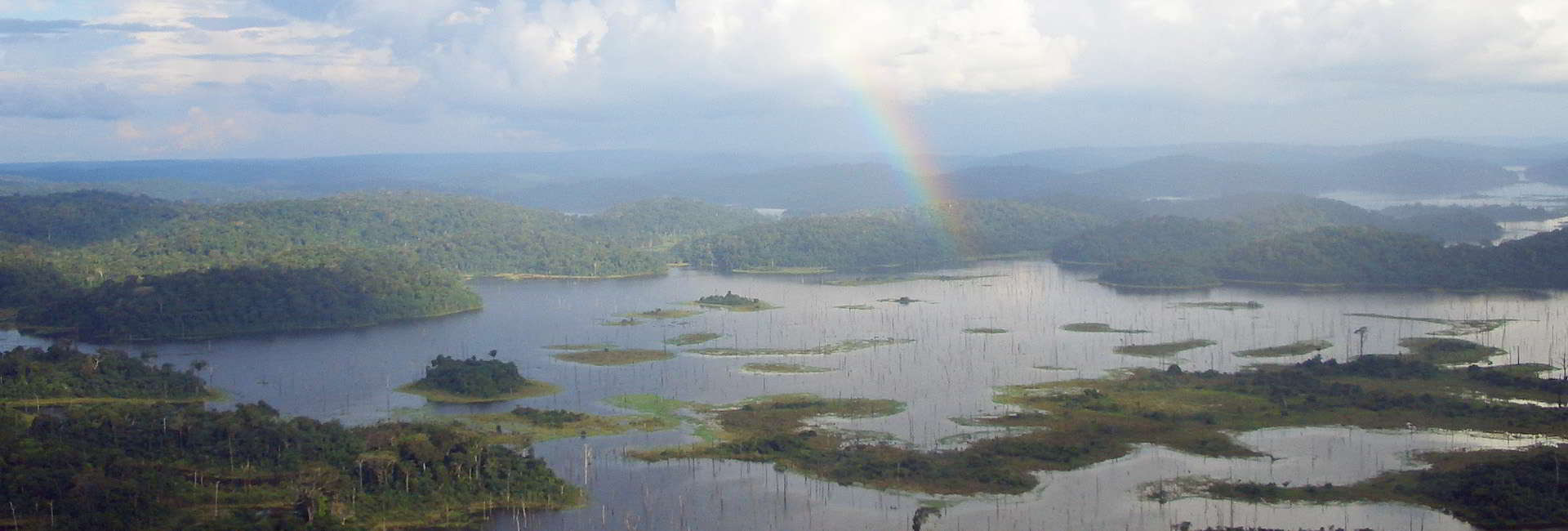Human handprints in neotropical forests
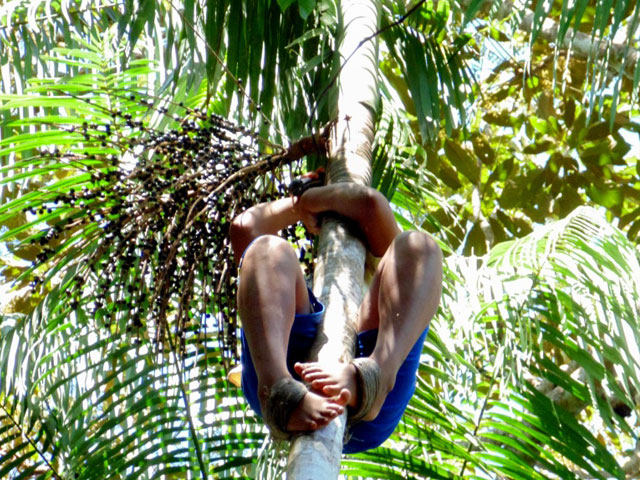 Human impact on neotropical forests is not limited to modern deforestation, but may go back thousands of years, when pre-Columbian peoples managed and transported native tree species across the territory that is now known as Brazil. This topic has been the object of interesting letters published in Science this month, in which INPA’s Ecology graduate student, Carolina Levis is one of the lead authors.
Human impact on neotropical forests is not limited to modern deforestation, but may go back thousands of years, when pre-Columbian peoples managed and transported native tree species across the territory that is now known as Brazil. This topic has been the object of interesting letters published in Science this month, in which INPA’s Ecology graduate student, Carolina Levis is one of the lead authors.
The discussion centers on a DRYFLOR publication on plant diversity patterns in neotropical dry forests. Carolina and her co-authors argue that the influence of prehistorical and historical human dispersal since the Pleistocene as a driver of plant distribution patterns in dry and wet neotropical forests is largely overlooked in ecological studies. DRYFLOR data show that dry forests are dominated by woody plant species with restricted geographical distribution (3115 of 4660 species).
Carolina and colleagues mentioned that 17 of the species catalogued by DRYFLOR are widespread. Eight of these 17 species are known to be cultivated today, and two of them, Sapindus saponaria and Trema micrantha, are known to have been cultivated and probably domesticated by pre-Columbian peoples. Moreover, all 8 widespread species of dry biomes that were cultivated by past or modern Amerindians also occur in Amazonian forests, that have been found to be partially dominated by useful species, a pattern that might result from long-term human mediated dispersal.
In their response, DRYFLOR authors acknowledged that humans influenced dry forests since their arrival in the neotropics, but pointed out that the number of widespread species is too small to affect general conclusions about dry forest floristic patters. They argued that the human-cultivated species also found in the Amazon are ecological generalists, and that the preference of these species for disturbed areas is the most likely reason for their wide distribution. This is a fascinating debate that will continue as new studies on pre-historic human ecology in the neotropics come out.
Carolina Levis obtained her masters degree in Ecology at INPA in 2012, with a thesis on the influence of pre-Columbian inhabitants on current tree species composition of forests in the Madeira-Purus interfluve, in the southern Brazilian Amazon, that is published in PloS ONE. She is now pursuing her doctoral studies in co-tutelle agreement between INPA and Wageningen University & Research, in the Netherlands, expanding her research on landscape domestication by pre-Columbian peoples in Amazon forests. Carolina is supervised by Flávia Costa and Charles Clement, at INPA, and Frans Bongers and Marielos Peña-Claros, at Wageningen.
The photograph was taken at the Barreira do Tambaqui community, in the National Forest of Humaitá (Amazonas, Brazil), and shows a boy climbing an açaí palm (Euterpe precatoria) in a communal agroforest to harvest açaí berries. The açaí palm is a cultivated and probably domesticated native species of Amazonian rainforests.



